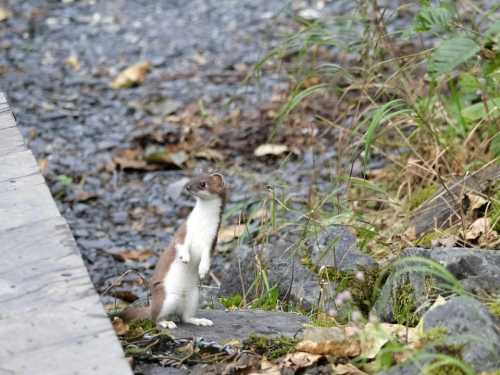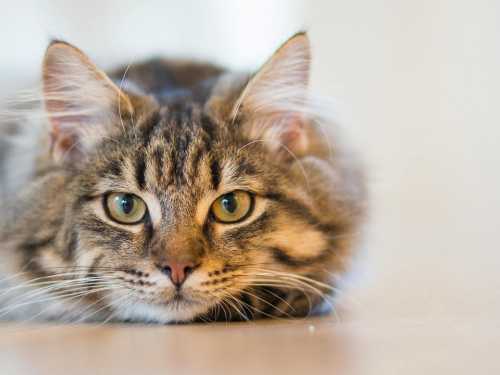
The weasel, despite its innocent name, is by no means a gentle animal. It will not be easily handled. In fact, this cute little creature is very proud and independent, preferring to walk on its own and do whatever it pleases. And believe me, this animal can do a lot.
How to recognize this predator?
The weasel has a very characteristic appearance: a long, thin and incredibly flexible body, which allows it to crawl into the narrowest holes of rodents. In the summer, its fur is reddish-brown on its back and white on its belly. But in the winter it becomes a real ghost – completely snow-white to camouflage itself in the snow. This is its main difference from the ermine, whose tail tip always remains black.
Like many other members of the marten family, the weasel is distinguished by its enviable courage and determination.
And in unusual situations and in case of danger, she can show incredible aggression, often attacking her offender first. Fortunately, her agility and speed allow her to do this without any problems.
An adult weasel weighs an average of about 100-200 g. With such a small weight, one or two voles are usually not enough to satisfy a weasel's appetite. Its metabolism is extremely high, so it has to hunt almost continuously.
The bloodthirstiness of the weasel is simply amazing. It is capable of killing much more than it can actually eat. According to rough estimates, one adult weasel kills about 2-3 thousand rodents per year. That's about 5-8 rodents per day. But these are only approximate figures. And only rodents.
Why does it kill more than it can eat?
In fact, the weasel is capable of killing much more. In one night alone, this animal can send about 30 chickens to the afterlife if it penetrates a closed chicken coop. However, this is not cruelty, but an ancient instinct.
When a weasel finds itself in a confined space (such as a chicken coop) full of easy prey, its predatory instincts kick in. The movement of one prey item provokes an attack, then another, and so on. It cannot stop. It eats some of its prey immediately, and tries to store the rest in reserve, creating a storehouse for a “rainy day.”
This little “killer” is able to hunt both at night and during the day – its innate predatory instinct is highly developed.
Of course, the weasel does not pose a serious danger to humans – it can bite or scratch if someone suddenly wants to catch it (although we still need to find such crazy people).
But for domestic poultry that humans raise, it is a sworn enemy.
Nature has endowed all members of the marten family with fairly sharp and strong teeth. These animals can easily penetrate the smallest cracks and holes, and are also able to gnaw through wooden structures or weak wire to reach chicken coops.
So, the animal, although small (and beautiful, of course), is very harmful.
However, for many people it still remains unclear: what more harm or benefit does a weasel bring to the household?
On the one hand, weasels destroy chickens and rabbits, and can also get to pigeons. And in just one night, they can cause very serious damage.
On the other hand, this animal hunts rodents, which can cause even more damage.
It is worth noting that not all members of the marten family were just pests. In ancient Rome, their relatives, ferrets, were even specially domesticated and kept instead of cats to exterminate mice in houses and barns. This once again proves that any predator is an important part of the ecosystem, and conflict arises only when its interests intersect with those of humans.





